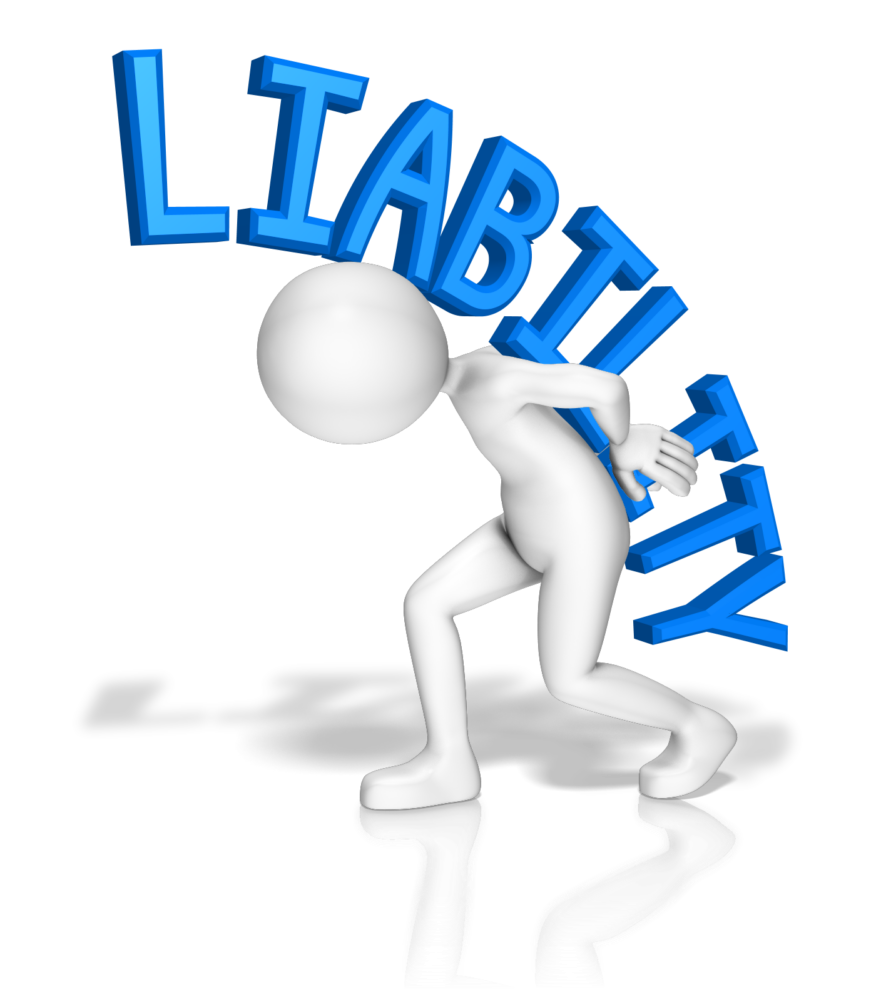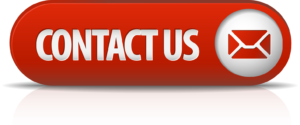Janitorial Risk Management – Janitorial Guidelines
Janitorial Risk Management
Tailored protection and Guidelines
By: Allen Financial Insurance Group
Contact us for a no obligation Janitorial Insurance or Cleaning Insurance quote today!
Allen Financial Insurance Group’s Janitorial Risk Management & Guidelines. Between handling cleaning chemicals, moving heavy equipment, operating power tools, and cleaning public spaces, there are a lot of things that could go awry for the typical janitorial business. To help you protect your janitorial business from financially devastating lawsuits and losses.
What if a patron slipped and fell on a wet floor? A customer sued you for an error you made? An employee stole funds? A thief stole your equipment? A product you used injured someone?
Unfortunately, today’s janitorial business owner faces big risks every day. And while it’s impossible to eliminate risks, it’s possible to manage their financial impact on you by employing proven techniques for risk management.
In this section, you’ll find a general overview of three ways to help reduce your Janitorial Risks well as tips on how to help control property losses, lawsuits, product liability claims, technology exposures, vehicle losses, and workplace accidents.
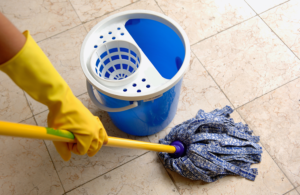
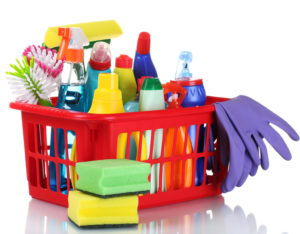
Commercial Janitorial Risk Management:
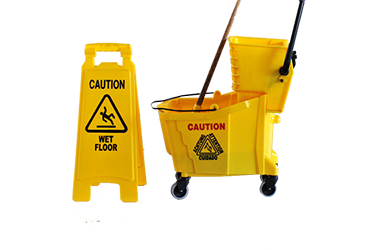
When you run a janitorial business, you’re engaged in risky activities every day such as handling chemicals, moving heavy equipment, operating power tools, cleaning public spaces, and working on client’s premises. Any one of those activities could quickly turn into a costly liability such as:
- Damage to customer property: If an employee uses the wrong cleaning solution on a client’s expensive hardwood floors, your business could be sued for the cost of replacing the damaged property.
- Third-party bodily injuries: Say you clean office buildings, and a client’s employee slips and falls on the just-mopped floor. Your client can hold your business accountable for the employee’s medical expenses.
- Damage to your equipment: You rely on your cleaning gear to run your business. If something happens to your equipment, you’re out of work until you can afford to replace it.
- Chemical exposure: If you don’t properly store chemicals, your business could be on the hook for pollution damages.
- Employee occupational injuries: Your employees work in labor-intensive conditions. If they suffer bodily injuries because of their work, your business is liable for their medical expenses.
Ways to Manage Your Risk:
Accidents, Surprises, and Losses. They all come with the territory of owning your own business. But there’s no reason you have to be a “victim” of these unexpected losses, not if you take advantage of three key ways to help manage your risks.
Protect Yourself from Lawsuits:
Take a close look at the safety and maintenance of your facilities, as well as the practices of your employees and contracted workers.
Product Liability Claims:
You may be liable for injuries caused by your product from the moment it hits shelves until long after it has been purchased. And your “product” may include a lot more than you realize.
Protect Your Property:
Unless property and equipment are maintained properly and insured adequately, they can be at significant risk for loss and damage.
Protect Your Vehicles:
From company cars to service vans, your business’s motor vehicles represent many types of risk in one place.
Protect Your Workforce:
There are a lot of potential hazards your employees can encounter in the course of working for your business, from slippery floors and heavy lifting to undetectable chemicals and repetitive stress. To ensure that your employees remain healthy and productive, you need to be aware of these hazards and guard against them.
Do I need workers Compensation?
As soon as you hire your first employee, you need the protection of workers’ compensation insurance. Not only do many state laws require it, but the financial security of your business may depend on it.
OSHA – Department of Labor Cleaning Industry Hazards & Solutions
OSHA reference that can be used to assist cleaning industry employees in recognizing the potential hazards in the workplace and provide examples of possible solutions.
Oregon Health & Science University Janitors – Occupational Hazards
Oregon’s source for occupational safety,health information, and Janitorial Risk Management information.
Janitorial Risk Management:
1. You can finance risk
The first and most common approach to Janitorial Risk Management involves purchasing adequate insurance to transfer responsibility for losses to your insurer.
2. You can transfer risk
Where appropriate, you will want to shift the responsibility for risk to other parties; lessors, vendors, subcontractors, competitors and even your customers. Here are some tips on how to attempt to transfer some of your business risk to others.
- Lease business property and equipment. Depending on the leasing arrangement, your property and liability risks may be assumed by the lessor.
- Use “just in time” delivery. If your business permits, and deliveries are not very time sensitive, a risk management technique that might prove useful would be to require vendors to store merchandise and materials at their sites until you need them.
- Transfer risk to your customer. Your insurance agent and lawyer can discuss ways to share or transfer liability to your customer Also, pay careful attention to your warranties to make sure they are designed to protect you.
- Consider “hold harmless” agreements. A “hold harmless” agreement is a risk management tool that is designed to shift legal and financial risk from you to another party. Consult your agent and lawyer for advice regarding these types of agreements.
- Don’t try to be all things to all people. Let your competitors take the chances on potentially dangerous projects or ventures.
3. You can control risk:
Of course, there are some things you can’t prevent like storms, power failures or accidents. But there are ways to address the likelihood something will occur, or the impact it will have on your business after it occurs.
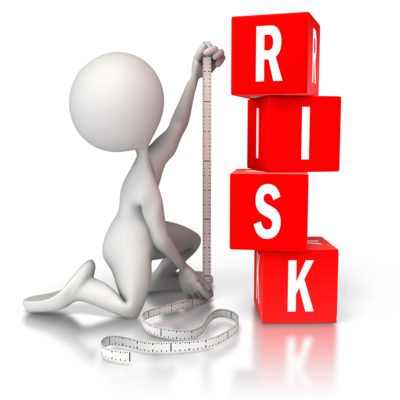
Why You Need Workers Compensation?
As soon as you hire your first employee, you need the protection of workers’ compensation insurance. Not only do many state laws require it, but the financial security of your business may depend on it.
What Workers’ Compensation Insurance Is:
In general, workers’ compensation represents a compromise between employers and employees regarding employment–related injuries or illnesses. In short, employees relinquish their right to sue employers if they suffer some job–related injury or illness. But in return, employers agree to provide state–mandated benefits if employees suffer some job–related injury or illness. And to ensure employees have the money to pay these mandated benefits, most states require that employers demonstrate that they have the financial ability to pay any claims that may arise. Typically this financial ability is demonstrated through the purchase of workers’ compensation insurance. Laws regarding workers’ compensation insurance vary by state, so check with your insurance agent or broker to find out exactly what you need and how it’s purchased.
How Workers’ Compensation Insurance Works:
Most workers’ compensation insurance policies actually provide two types of coverage:
- Workers’ Compensation Coverage. This type of insurance provides benefits for injured workers as required by state law regardless of who is at fault for the job-related injury or illness. In other words, whatever benefits your state requires, your workers’ compensation policy would provide.
- Employers’ Liability Coverage. This additional coverage protects employers if they are sued for damages arising from employment–related accidents or diseases. However, to collect benefits provided by employer’s liability coverage, the employee, as well as anyone else not covered by workers’ compensation laws (i.e., spouses and dependents), would have to prove that the employer was legally responsible for the employee’s injury or disease.

Protect Your Vehicles
From company cars to service vans, your business’s motor vehicles represent many types of risk in one place such as loss of goods, loss of sales, liability to persons and injury to your employees. No wonder your vehicle premium can account for a large portion of your overall commercial insurance cost. However, risk management can be used to help reduce motor vehicle liabilities, by simply:
- verifying driving records of potential employees.
- monitoring employee driving records.
- keeping your drivers properly trained.
- monitor usage of vehicles entrusted to employees
Protect Your Property
Fire, Theft, Vandalism, Water damage. These are just a few of the incidents that can do damage to your property, one of your business’s most valuable assets. Unless property and equipment are maintained properly and insured adequately, they can be at significant risk for loss and damage. Some tips:
- Review your property insurance policy with your insurance agent to make sure you understand what is and is not covered.
- If your policy has “blanket” coverage for a number of different properties, make sure that all properties that should be insured are actually listed on the property policy. Even with blanket coverage, property not listed on the policy may not be covered.
- Be sure that your property is insured to replacement value.
Protect Yourself From Lawsuits
A man walking through a lobby slips and falls on a wet floor, injuring himself. An employee loses the building keys to the offices of you largest client. The wrong cleaning product is used damaging a customers property. A job candidate sues your business for hiring discrimination, even though the employee who interviewed her is no longer with your company. These are all classified as liability exposures, incidents in which a party not associated with your operation claims to have suffered an injury or loss to self or property. A significant way to help control liability losses is to take a close look at the safety and maintenance of your facilities, as well as the practices of your employees and contracted workers.
Protect Your Workforce :
There are a lot of potential hazards your employees can encounter in the course of working for your business, from slippery floors and heavy lifting to undetectable chemicals and repetitive stress. To ensure that your employees remain healthy and productive, you need to be aware of these hazards and guard against them. Risk management in this context means careful monitoring and attention to detail by management, supervisors and workers. Special measures can then be taken to help reduce and even eliminate workers’ compensation risk.
Researching and evaluating any manual processes in your business can pay off by lowering the possibility of injury as well as by increasing the efficiency of the operation. Often, ergonomics programs focus on:
- job redesign
- reduction of loads
- getting things off the floor
- improving workstations
- job rotation
- new equipment
- automation
- encouraging employees to move and stretch to relieve tired muscles
Of course, risk management does not always mean risk elimination; workplace injuries can—and will—still happen. When a worker is injured:
- work with your medical provider to bring employees back to work as soon as possible
- identify alternate or modified work to accommodate the injury while it is healing; and
- maintain communications with the injured worker so he or she can continue to identify with the workplace.
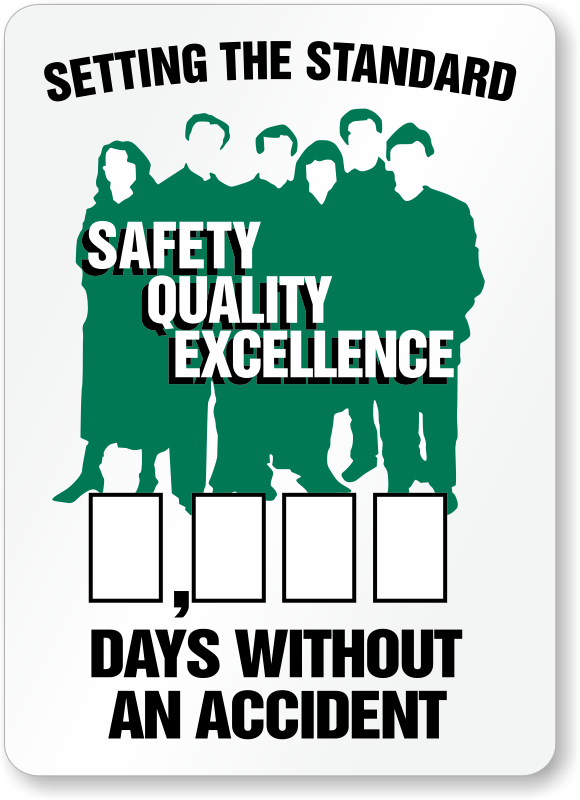
Products & Completed Operations Liability Claims
You could be liable for injuries property damage caused by your products and services from the moment they are provided until long after a job has been completed. And your “service or product” may include a lot more than you realize, such as:
- the physical product
- any advertising claims made
- following instructions for use
- bodily injury or property damage resulting from a product or service
- storage or products
- labels, warnings and other on–product messages
Because you can be held legally responsible for so many aspects of your products and service, it’s important for your company to work with your agent and lawyer to consider a risk management strategy. That strategy will generally rely on an organized way of documenting, investigating and following up on customer complaints about your services and products, no matter how trivial they appear. Essential elements of good product loss prevention include:
- thoughtful design
- thorough testing
- accurate and easy–to–use recordkeeping
- realistic assessment of the hazard potential
- customer education and information
- product marking and identification
- a comprehensive recall and remediation plan
